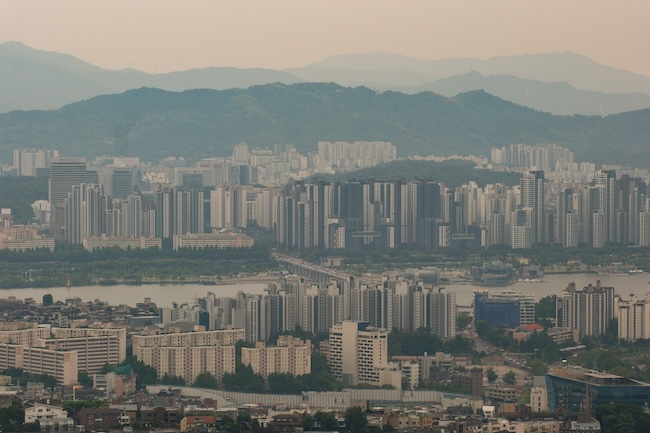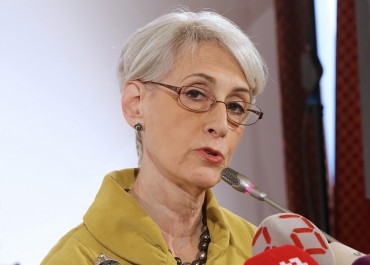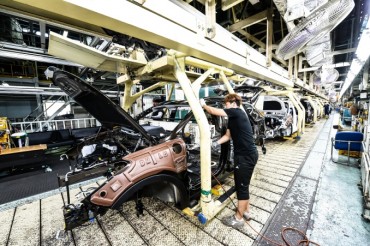SEOUL, Jun. 19 (Korea Bizwire) – Seoul, long hailed as a global metropolis, is rapidly shrinking, battered by low birth rates and an aging populace. Over the past two decades, the city has lost over 600,000 residents, with one in five people leaving the districts of Nowon, Dobong, and Gangbuk.
As projections indicate that Seoul’s population could dwindle to 8 million by 2050, with those aged 65 and above accounting for over 35%, the city government has unveiled a comprehensive “Population Policy Master Plan” to address the demographic crisis.
The plan’s core strategies involve facilitating the influx of foreign immigrants and expanding job opportunities for the elderly, while also introducing measures to encourage childbirth, such as extended rental housing support and expanded maternity benefits.
According to the Seoul Metropolitan Government, as of April, the city’s population (including foreigners) stood at 9.63 million, a 6.4% decrease from 10.28 million in 2004. Over the past two decades, the number of South Korean nationals has dropped by 794,000, while the registered foreign population has risen by 138,000, slightly mitigating the overall decline.
Statistics Korea projects that by 2050, Seoul’s population will plummet to 8.09 million, with 36.6% (2.95 million) aged 65 or older.
To combat the population decline, Seoul plans to actively attract skilled foreign workers and expand job opportunities for the elderly.
The Population Policy Master Plan, jointly developed with the Seoul Population Change Response Committee and the Seoul Institute, outlines 30 key initiatives spanning low birth rates, aging society responses, and immigration policies.
As the city’s economically active population is expected to shrink from 6.91 million in 2022 to 4.51 million by 2050, Seoul aims to fill labor shortages with foreign and elderly workers.
In collaboration with the central government, the city will expand the Employment Permit System (E-9) for foreign workers and establish a vocational school for foreigners in the caregiving sector next year.
The plan also proposes raising the eligibility age for welfare benefits beyond 65 to account for improved health spans and extending the retirement age for social workers, allowing healthy seniors to care for their peers.
Seoul will repurpose eight former schools as elderly care facilities and job training centers, while increasing the number of senior protection zones from 185 to 250 by 2028.
Recognizing Seoul’s alarmingly low birth rate of 0.55 children per woman in 2022, the city will extend rental housing support up to 20 years and provide “childbirth allowances” to freelancers and other workers.
However, some experts criticize the plan’s lack of detailed measures to retain the youth population. Ma Kang-rae, an urban planning professor at Chung-Ang University, emphasized the urgency of policies to keep the 20-40 age group in Seoul, citing soaring housing costs as the primary driver of their exodus.
M. H. Lee (mhlee@koreabizwire.com)







